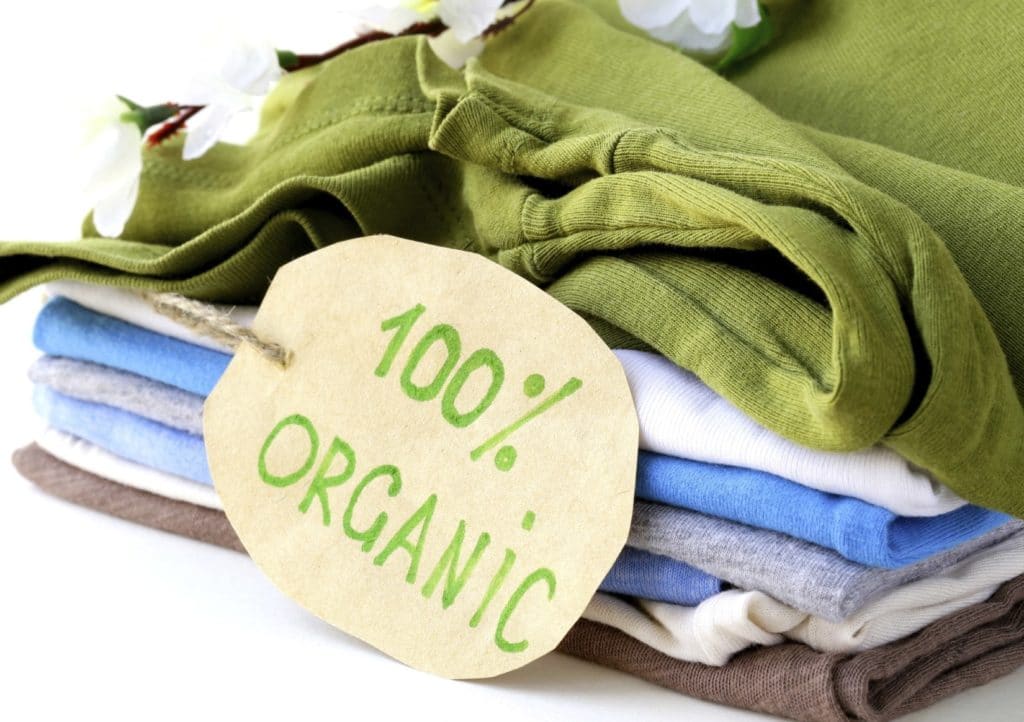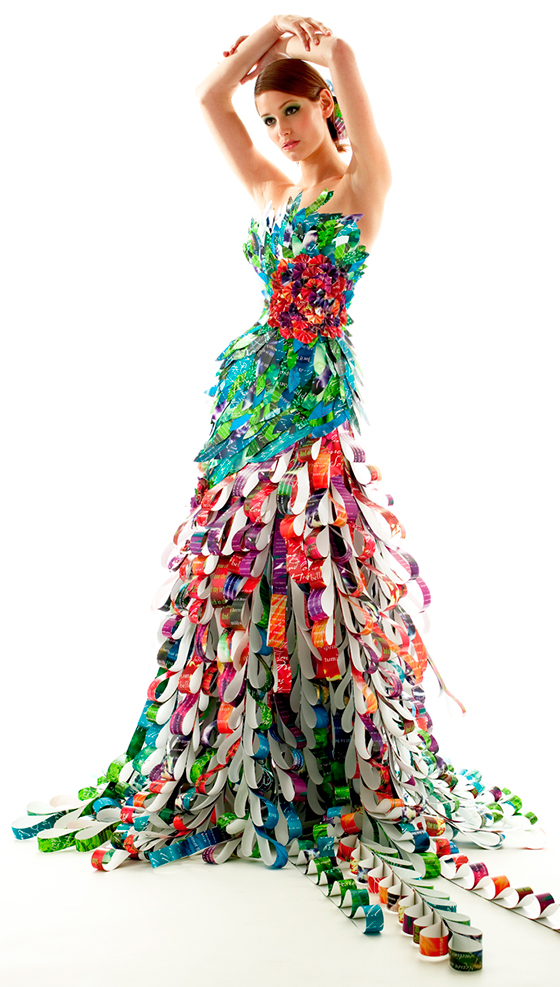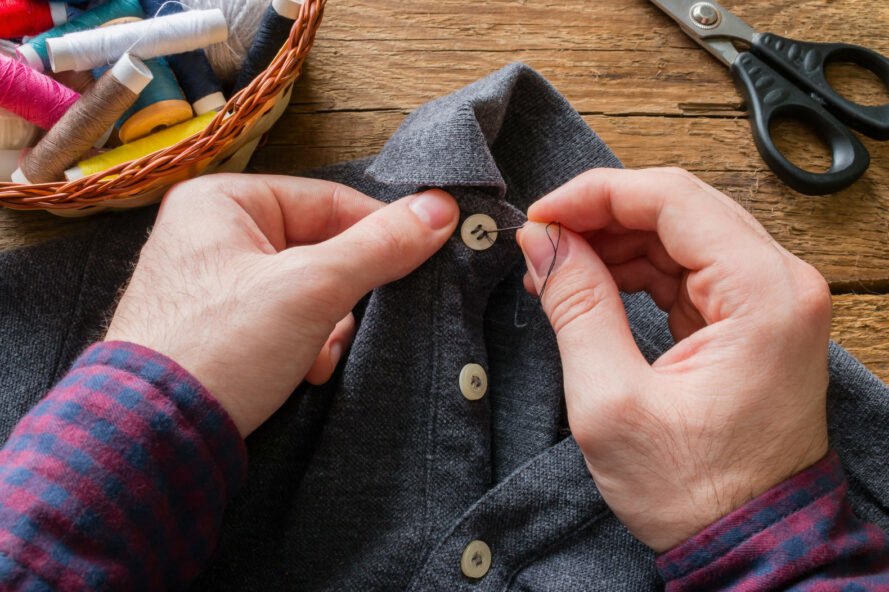Almost everyone is hooked on cheap and shabby clothes. All thanks to cheap manufacturing in underdeveloped countries and the rapid rise of fashion, clothing has shifted from valuable goods to disposable items that we throw away at the end of the season.
The rate at which our environment is being destroyed by corporations and big business is indeed very alarming. And as consumers, one of the best ways we can help combat this catastrophic issue is by making more eco-conscious choices a part of our daily lives. Simple things, such as switching to environmentally friendly clothing, can significantly influence our planet. For example, producing a single cotton shirt uses 2,700 liters of water.
And let’s face it, we all wear and buy new clothes regularly, so why not ensure your love for fashion also shows your passion for the earth? Keep reading to learn how to find clothing that’s planet-friendly!
#1. Say No To Real Leather
Real leather is not only harmful to animals, but it’s also not environmentally friendly. To make animal skin into leather, it has to go through an extensive process that uses many chemicals and energy (not to mention that animal agriculture as an industry has a large carbon footprint!). Opt for vegan leather when purchasing items.
#2. Choose Sustainable Fabrics

One of the best ways to cultivate an ecological wardrobe is by buying clothing made of sustainable fabrics. As mentioned above, cotton uses a ton of water and also large amounts of pesticides. This has a more considerable impact on the environment than other types of material. Opt for clothing made from linen, hemp, or even bamboo. Linen comes from flax, and besides using far fewer resources to manufacture than traditional cotton, it’s also able to be composted.
Hemp is easy to grow and doesn’t require a lot of pesticides or fertilizer. Hemp is also diverse and can be made into a wide variety of fabrics. Bamboo is great because it also used no pesticides and is fast growing.
#3. Clothing Swaps
Another great way to get your hands on recycled clothing is by hosting a clothing swap. Make a Facebook event and invite all your friends to bring a bag of unwanted clothing. Most of us tend to have lots of clothing lying around that isn’t being worn, and clothing swaps are an excellent way to eliminate these items without throwing them away. Plus, you never know what fabulous clothing you’ll get from your friend to add to your wardrobe. After your clothing swap is over, collect all the remaining items, and consider donating them to a local charity.
#4. Embrace Second Hand
In Macklemore’s words, get ready to pop some tags because thrift shopping is one of the best ways to save the planet and save money. Use these secrets to help you pick fashionable secondhand items. Whether you’re going to a vintage store, consignment shops, or places like Goodwill, you reduce fabric waste if you buy clothing secondhand. Not to mention you’ll likely find excellent clothes for a fraction of what you would pay in a new-retail setting. Every year the average American spends over 70 pounds of textile to the landfill. So by choosing to visit the thrift shop, you are helping to reduce this waste.
#5. Repair Well-Loved Items
The new fashion is being consumed at a rapid rate. And we all have those favorite clothing items that have holes or excess wear and tear from being worn over and over. Instead of tossing these textiles out and looking to buy new things, consider repairing your well-loved items and extending their lives. Not only will this help to reduce your clothing waste, but it will also save you money and allow you to hold on to your most beloved pieces of clothing for longer.
#6. Buy Homemade Or Local
If you have the option to buy handmade or locally made clothing, jewelry, or shoes, this can be a great way to acquire environmentally friendly clothing. Handmade items not only tend to have a smaller impact on the environment since they aren’t mass-produced in a factory but by purchasing them, you are also supporting a local small business.
#7. Do Your Homework
If you are looking to buy new but buy only from eco-friendly brands, there are plenty of options. But like all things, you want to do your homework on these brands and not just go off advertising. Because of the boom in the popularity of sustainable fashion, many brands are hopping on the bandwagon. This is creating “green-washing” between brands and consumers. Where consumers are thinking, they are buying sustainable, but in reality, they aren’t.
The secret to purchasing environmentally friendly clothing lies within the three R’s. By focusing on reducing the clothing you buy, recycling pre-worn clothing, and reusing (or repairing) what you already have, you will significantly reduce your clothing waste. Shopping sustainable clothing is becoming more and more important, so keep these tips in mind next time you are planning to shop


